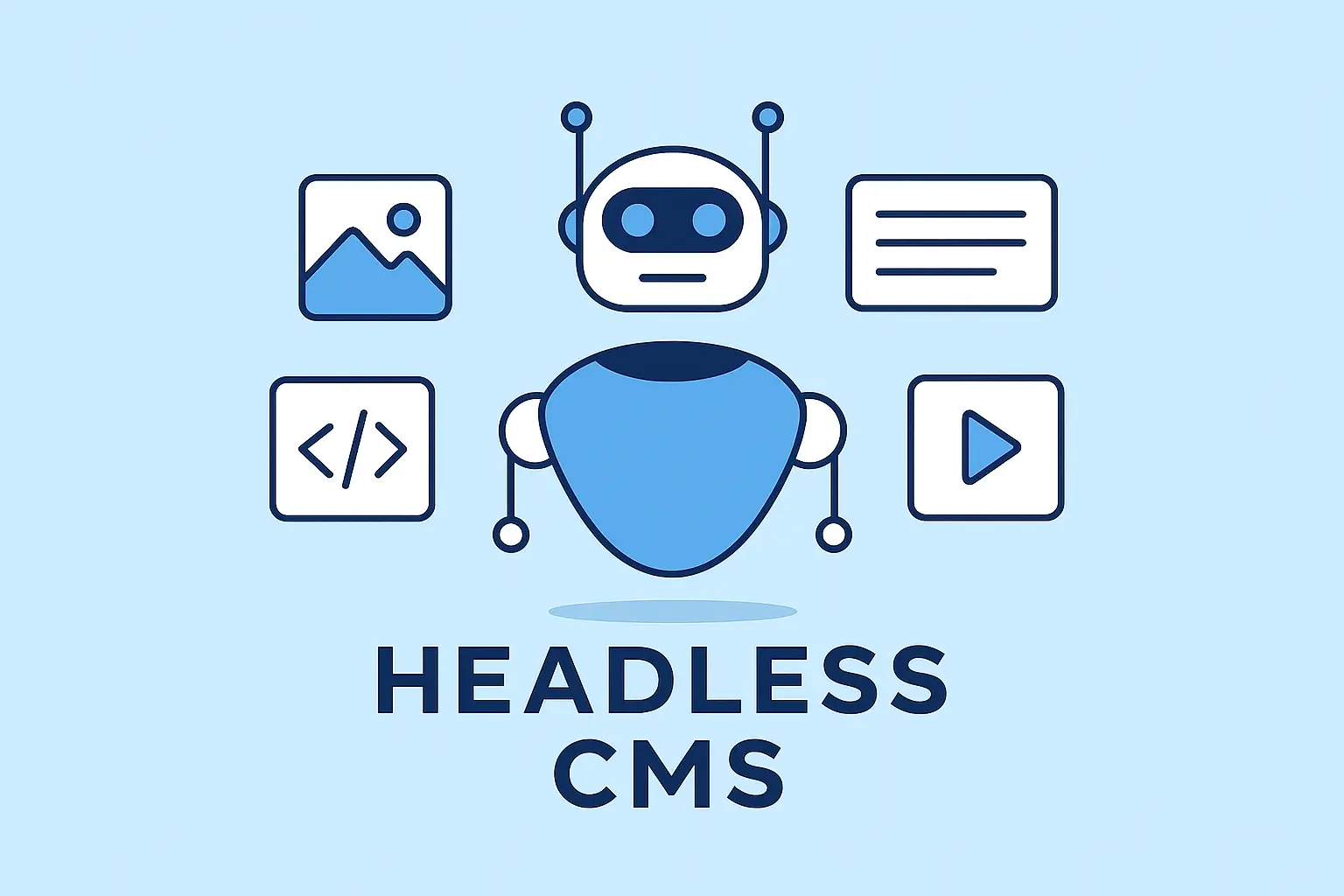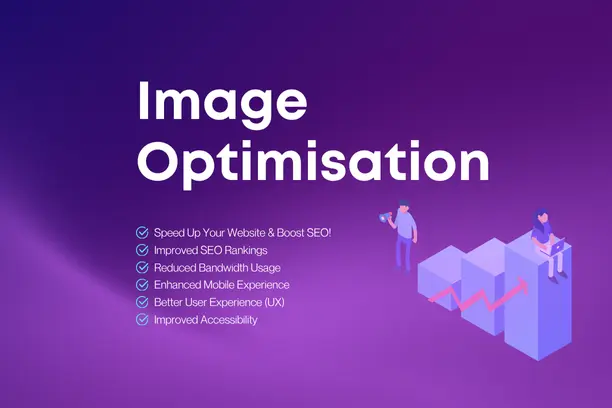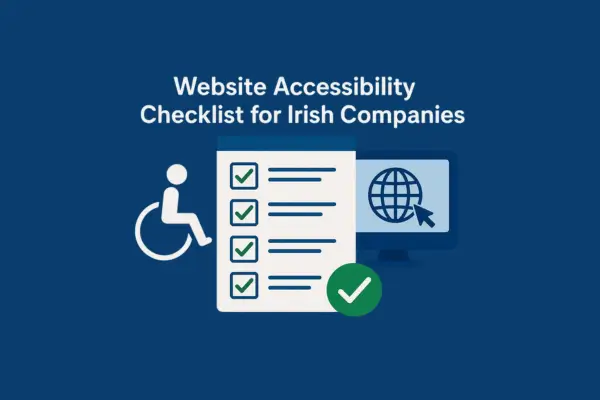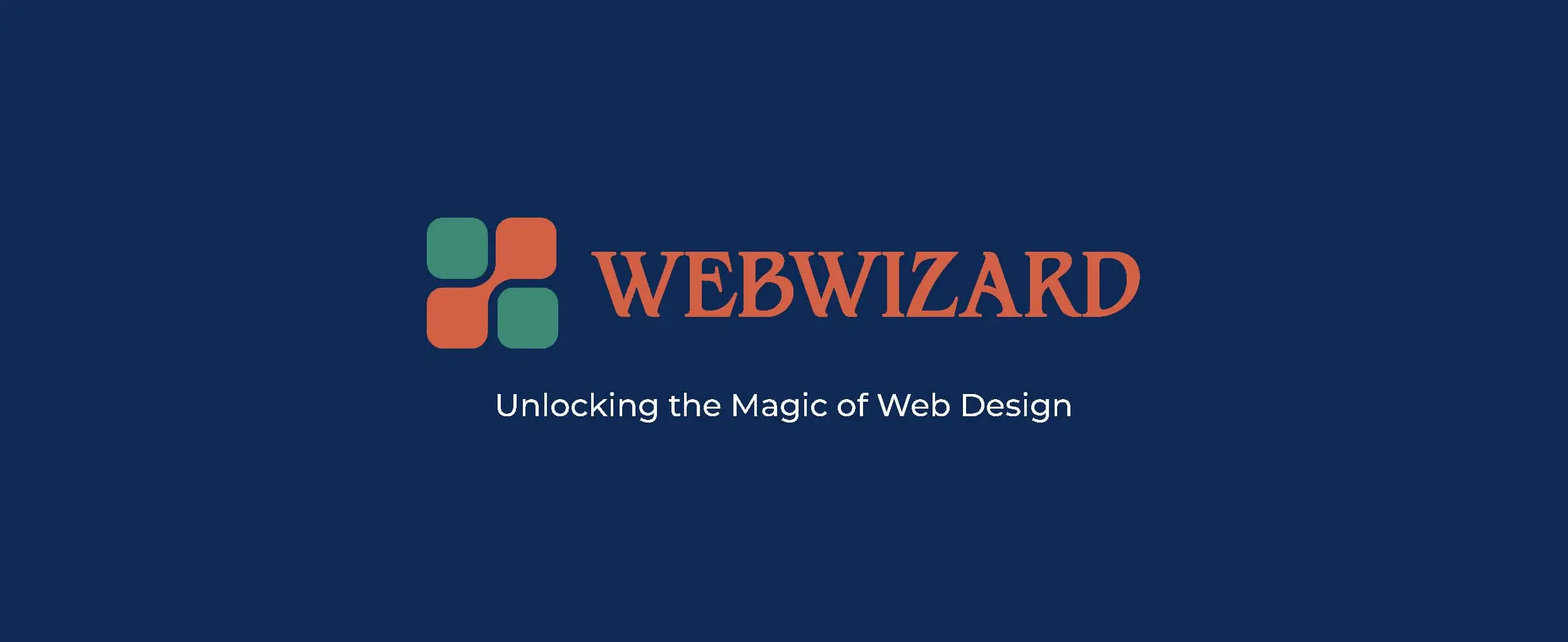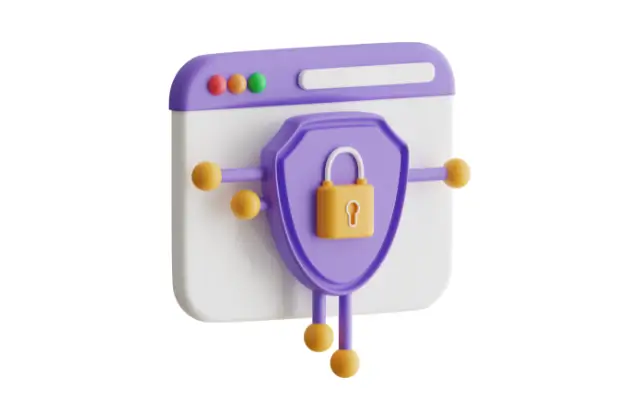Updatated on Oct 17, 2025
Introduction
Discover how a Headless CMS can boost website speed, flexibility, and SEO for Irish SMEs. Learn when to use it and how Web Wizard builds future-ready web solutions.
Many Irish businesses are looking for faster, more flexible websites that perform well on every device. That’s where a Headless CMS comes in. It’s one of the most talked-about trends in modern web development, and it’s transforming how websites and online stores are built and managed.
In this guide, we’ll explain what a Headless CMS is, how it works, when it makes sense to use one, and how Irish SMEs can benefit from adopting this approach. Whether you run a growing e-commerce store, a service-based business, or a content-heavy website, this article will help you decide if headless architecture is right for you.
What Is a Headless CMS?
A Headless CMS (Content Management System) separates the frontend (the part users see) from the backend (where content is created and managed). Unlike traditional CMS platforms such as WordPress or Joomla — where both are tightly connected — a headless CMS delivers content through an API that can be used by any frontend framework or application.
In simple terms, the “head” (your website design or theme) is detached from the “body” (your content database). This gives developers freedom to design user experiences on multiple platforms while keeping your content in one place.
How It Works
Here’s how a headless CMS typically operates:
- You create and manage content in the CMS dashboard (e.g., Strapi, Contentful, Sanity, or Prismic).
- The CMS stores all your text, images, and data in a structured format.
- Your frontend (built with tools like React, Next.js, or Vue) requests that content through APIs.
- The result: your content displays seamlessly on your website, mobile app, or even smart devices — all using the same backend source.
Traditional CMS vs Headless CMS
| Feature | Traditional CMS (e.g., WordPress) | Headless CMS |
|---|---|---|
| Structure | Tightly connected frontend and backend | Frontend and backend separated via API |
| Flexibility | Limited to themes and plugins | Fully customisable with any technology |
| Speed | Can be slower due to server rendering | Faster loading using modern frameworks |
| Security | More vulnerable to plugin attacks | Smaller attack surface — higher security |
| Scalability | Challenging for high-traffic or multi-platform sites | Highly scalable — same content works everywhere |
Why It’s Becoming Popular
Irish businesses are increasingly investing in digital transformation. From local retailers launching e-commerce stores to professional services creating lead-generating websites, the need for fast and reliable online platforms is growing. A headless CMS allows companies to keep their content strategy flexible and future-ready.
Since the frontend and backend are separate, your development team can redesign or expand your website without redoing your content. It’s perfect for SMEs that plan to scale, launch mobile apps, or reach customers across multiple devices.
When to Use a Headless CMS
Headless CMS isn’t for every website. For smaller brochure sites or blogs, a traditional CMS like WordPress is often simpler and cheaper. But for growing Irish businesses, here are situations where a headless approach makes sense:
1. You Want a Lightning-Fast Website
Speed matters for both SEO and user experience. With a headless setup, your website can use modern frameworks like Next.js or Gatsby, which generate static pages that load almost instantly. This helps reduce bounce rates and improves Google rankings — crucial for e-commerce and service websites.
2. You’re Managing Content Across Multiple Channels
If your business shares the same content across a website, mobile app, digital signage, or social media, a headless CMS ensures consistency. You only update content once, and it’s automatically delivered to all connected platforms.
3. You Need More Design Freedom
Traditional CMS themes can limit your creativity. Headless systems give your developers complete control over how your site looks and behaves. This means unique designs, smoother animations, and better alignment with your brand identity — without depending on rigid templates.
4. You Plan to Scale or Add New Features
If you expect your website to grow with new tools or integrations, headless architecture makes it easier to expand. Want to integrate AI chat, advanced search, or dynamic personalisation? No problem — APIs make it all possible without rebuilding your entire system.
5. You’re Focused on Security
Since the content layer is separate from the user-facing website, attackers have fewer entry points. With fewer plugins and server dependencies, the risk of hacks or data breaches drops significantly — a big plus for Irish businesses handling customer data.
Benefits for Irish SMEs
Here’s how Irish small and medium enterprises can gain from moving to a headless setup:
Improved Website Speed & SEO
Google ranks faster sites higher. A headless CMS helps you serve pre-rendered static content, cutting load times dramatically. That translates to better SEO performance and higher conversion rates — especially on mobile.
Better Customer Experience
Today’s customers expect fast, smooth, and consistent digital experiences. With a headless CMS, you can deliver optimised content on every platform, whether that’s a laptop, phone, or smart kiosk in your shop.
Scalable for Growth
As your business grows, you won’t need to rebuild your entire website. A headless CMS lets you expand easily — adding new pages, integrations, or even full apps — while keeping your content structure intact.
Future-Proof Technology
Technology evolves fast. By adopting a headless setup now, your business stays ready for whatever comes next — voice search, AI tools, or new digital devices. You can adapt without starting over.
Fictional Case Example: Clover & Co Boutique
Let’s imagine a Dublin-based fashion retailer, Clover & Co Boutique, selling women’s clothing online. Their old WordPress site was struggling — slow load times, limited design flexibility, and frequent plugin issues.
Web Wizard helped them switch to a headless CMS setup using Strapi for content management and Next.js for the frontend. Here’s what changed:
- Website load speed improved by 60% after moving to static generation.
- They launched a mobile app using the same content API — saving time and cost.
- Their SEO rankings improved, bringing in 40% more organic visitors.
- Content updates became easier; staff could add new collections without developer help.
Within months, Clover & Co Boutique saw higher engagement, faster sales, and better customer satisfaction — all from embracing modern web architecture.
Challenges to Keep in Mind
While powerful, headless CMS setups come with a few considerations:
- They require more technical setup initially compared to WordPress.
- You’ll likely need developers familiar with frameworks like React or Vue.
- Ongoing maintenance might cost slightly more — but pays off in long-term scalability.
That’s why it’s important to work with an experienced web development agency in Ireland that understands both the technical and business sides of your project.
Popular Headless CMS Options
Some of the top choices for Irish SMEs include:
- Strapi – Open-source and highly flexible for developers.
- Contentful – Enterprise-grade option with strong API performance.
- Sanity – Real-time content editing and collaboration tools.
- Prismic – Clean, user-friendly interface ideal for marketing teams.
- Ghost – Lightweight option for blogs and content-driven sites.
The right platform depends on your budget, team skills, and long-term goals.
How Web Wizard Can Help
At Web Wizard, we help Irish businesses build custom web applications and e-commerce solutions using modern, scalable technologies — including headless CMS setups. Our team can assess your goals and guide you on whether going headless is right for your business.
We handle everything from technical architecture and API integration to frontend design and SEO optimisation. Whether you’re launching a new site or upgrading an existing one, we’ll ensure it’s built for performance, security, and growth.
Final Thoughts
Headless CMS isn’t just a buzzword — it’s a smarter way for Irish SMEs to future-proof their websites. By separating your content from your design, you gain flexibility, speed, and scalability that traditional CMS platforms can’t match.
If you’re considering a modern, high-performing website that’s easy to manage and ready for the future, talk to our expert team at Web Wizard. We’ll help you find the right technology for your business goals and create a digital experience your customers will love.

